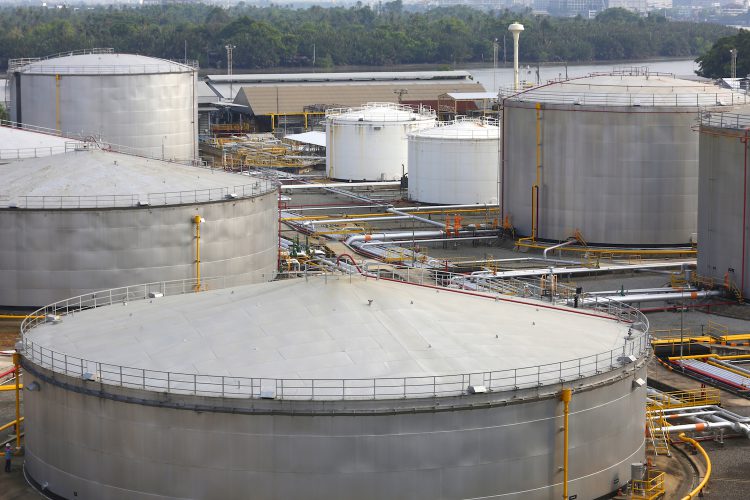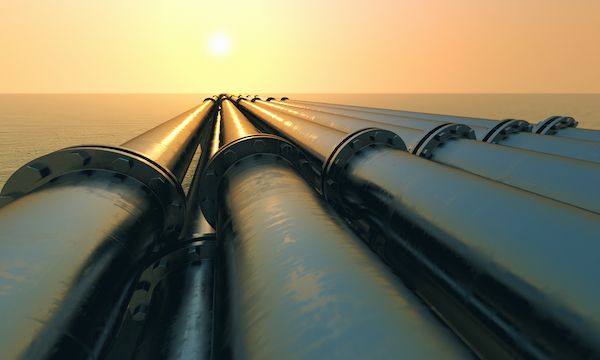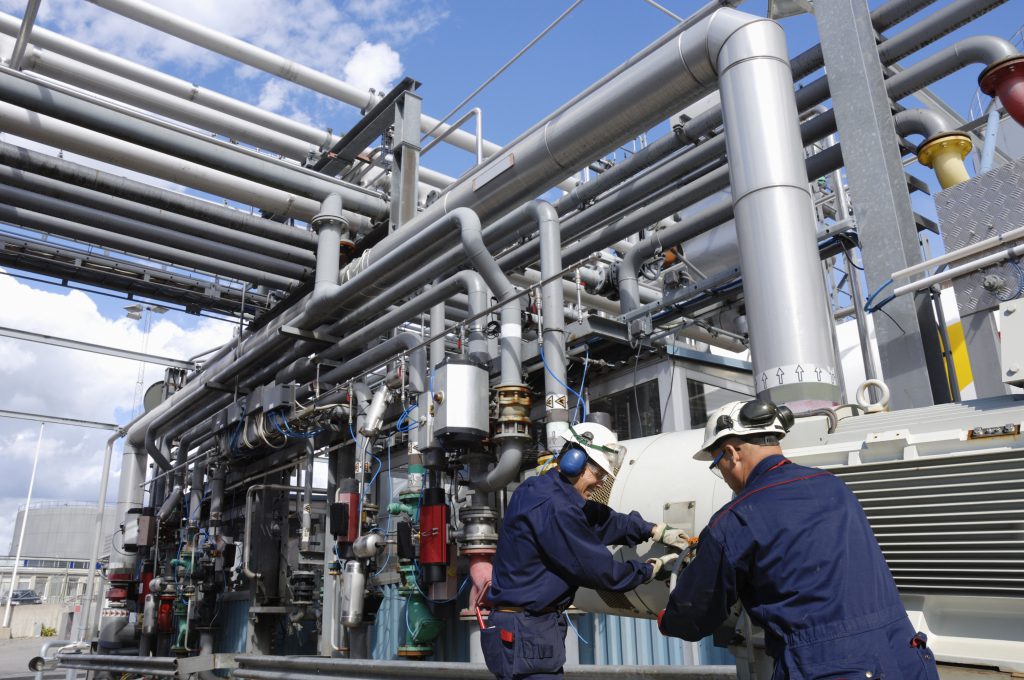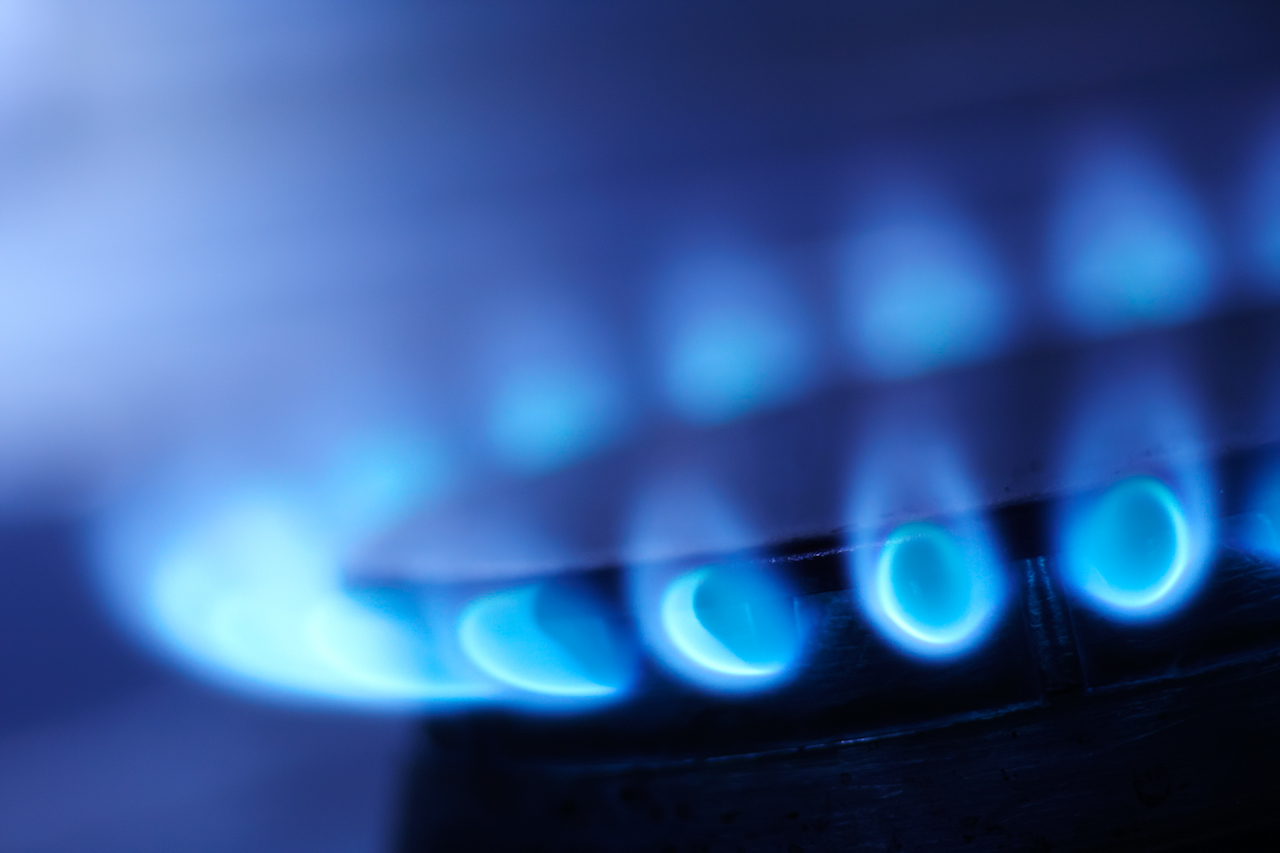In order for Hydrogen to be used at scale, it must be distributed safely and cost-effectively. HydroPel can make existing natural gas infrastructure safe for hydrogen transportation and storage.
It works by creating a passivating barrier, through which H2 molecules are unable to penetrate and diffuse into the pipeline wall. By preventing the hydrogen embrittlement effect, HydroPel enables the refurbishment and use of over 3 million miles of existing US pipeline to carry H2 blends.







